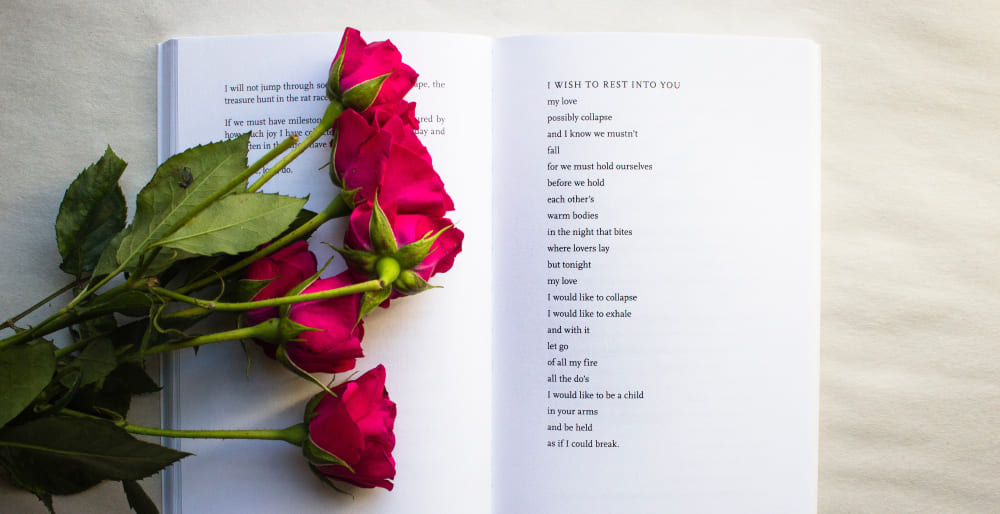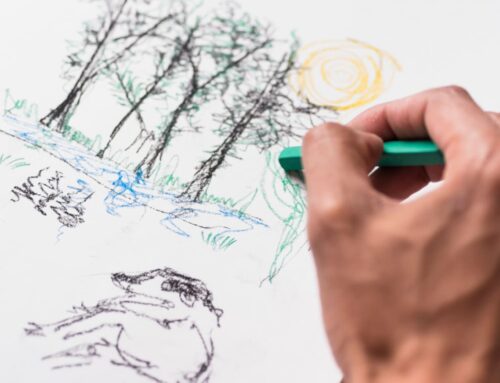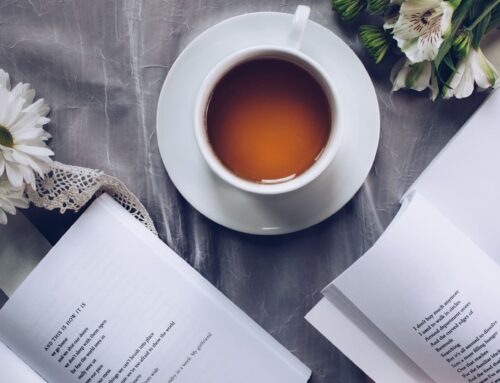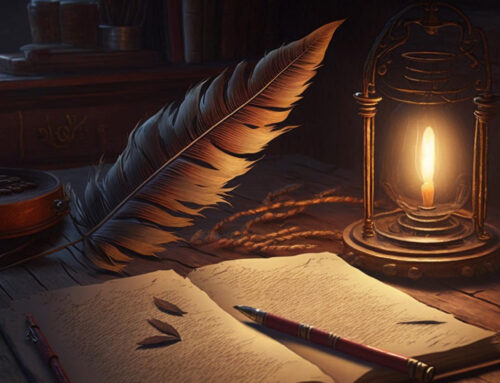Poetry, literature that evokes a concentrated imaginative awareness of experience or a specific emotional response through language chosen and arranged for its meaning, sound, and rhythm.
Poetry is a vast subject, as old as history and older, present wherever religion is present, possibly under some definitions the primal and primary form of languages themselves.
The benefits of poetry:
The most important benefit of hobby benefits of poetry :
1-communication, self expression, differentiation, unification, therapy, and self-assertion
2-All the rules that apply in waking life are thrown out the window. A writer can capture an entire generation or era in a single line of poetry.
3-It can cover emotion, history, relationships, logic, learning, and myriad other things.
4-It can help one to escape- ask anyone who has been incarcerated for a long period of time. So Poetry can become money.
5-It can become a family heirloom. Poetry has no bounds, like the universe or love. Poetry has limitations in traditions, but in theory there are no rules.
Common Types of Poetry:
Popular poetry types include haiku, free verse, sonnets, and acrostic poems .Also it’s one thing to define each type, it’s another to enjoy a sample platter.
1- Haiku poems:
Haiku poems are three-line stanzas with a 5/7/5 syllable count. This form of poetry also focuses on the beauty and simplicity found in nature. As its popularity grew, the 5/7/5 formula has often been broken.
However, the focus remains the same – simple moments in life. For more, take a look at these rules for writing haiku.
2- Free Verse Poems:
Free verse does not “proceed by a strict set of rules ,it is not a literary type, and does not conform to a formal structure.” It is not considered to be completely free. In 1948, Charles Allen wrote, ” The only freedom cadenced verse obtains is a limited freedom from the tight demands of the metered line.
It contains some elements of form, including the poetic line, which may vary freely; rhythm; strophes or strophic rhythms, stanzaic patterns and rhythmic units or cadences. So it is said that verse is free “when it is not primarily obtained by the metered line
Donald Hall goes as far as to say that “the form of free verse is as binding and as liberating as the form of a rondeau,” and T. S. Eliot wrote, “No verse is free for the man who wants to do a good job.
3- Cinquain:
A Cinquain is a five-lined poem (hence the name!) and is a favorite poetic form for many kids because, as one of our Brave Writer students pointed out: “They are easy and fun to write and they don’t require a whole lot of words, And they also reinforce some basic grammatical parts of speech.
Format for Writing a Cinquain:
Line 1: One word (a noun, the subject of the poem)
Line 2: Two words (adjectives that describe the subject in line 1)
Line 3: Three words (-ing action verbs–participles–that relate to the subject in line 1)
Line 4: Four words (a phrase or sentence that relates feelings about the subject in line 1)
Line 5: One word (a synonym for the subject in line 1 or a word that sums it up)
4- Epic Poems:
An epic is a long and narrative poem that normally tells a story about a hero or an adventure. Also Epics can be presented as oral or written stories. “The Iliad” and “The Odyssey” are probably the most renowned epic poems. But, let’s take a different direction and check out a sampling from Henry Wadsworth Longfellow, as well as Ezra Pound.
Here’s an excerpt from the epic poem, “The Song of Hiawatha” by Henry Wadsworth Longfellow:
- By the shore of Gitchie Gumee,
- By the shining Big-Sea-Water,
- At the doorway of his wigwam,
- In the pleasant Summer morning,
- Hiawatha stood and waited.
5- Acrostic Poems:
Acrostic poems, also known as name poems, spell out names or words with the first letter in each line. While the author is doing this, they’re describing someone or something they deem important. And here are two examples to illustrate the poetic form.
Creating an Acrostic in Five Easy Steps:
To create an acrostic, follow these five easy steps:
- Decide what to write about.
- Write your word down vertically.
- Brainstorm words or phrases that describe your idea.
- Place your brainstormed words or phrases on the lines that begin with the same letters.
- Fill in the rest of the lines to create a poem.
If your hobby reading and poetry, So you can read more about Reading





